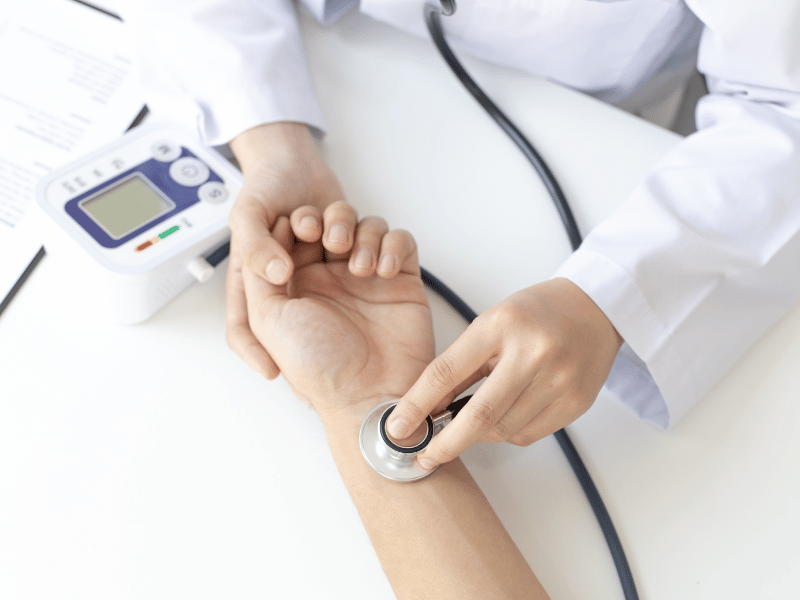Stroke in women / Stroke in women and men. Is it any different?
To work properly, the brain requires a constant and sufficient flow of oxygenated blood. When blood circulation is cut off, parts of the brain become damaged within minutes.
Stroke is the third leading cause of death in women after cardiovascular diseases and cancer, and the leading cause of disability. No more than 20% of patients return to work after stroke, and 1/3 of stroke patients are people of working age.
In simple terms, a stroke is a violation of blood circulation in the brain, caused by blockage or rupture of blood vessels. This is a condition where a blood clot or blood from a ruptured vessel disrupts the blood flow to or in the brain. Lack of oxygen and glucose leads to brain cell death, which can cause impaired speech, memory or motor functions.
Strokes tend to be sudden, but according to statistics, women from 18 to 40 are at more risk than men of the same age, and international practice also shows that women have a much higher mortality rate than men. One of the main reasons for this is non-specific symptoms which at first glance are difficult to associate with a stroke. In addition, the risk of stroke may increase during pregnancy, while taking birth control pills, hormone therapy during menopause, and various diseases associated with hormonal imbalance.
Everyone needs to know the first signs of a stroke. It is crucial to be able to suspect the condition in time and call an ambulance as quickly as possible.

Are you at risk?
Most cases of stroke can be explained by traditional cardiovascular risk factors that are common in both men and women: hypertension, high cholesterol levels, diabetes, atrial fibrillation and smoking. They are called the “deadly quintet” because even if a person has 2 or 3 factors, the risk of a fatal stroke increases significantly. So, let`s look at them:
- Hypertension. With high blood pressure, the risk of stroke increases by 5 times.
- High cholesterol levels. Cholesterol is an “indicator” of atherosclerotic plaques on blood vessel walls. The negative consequences of their presence are most mostly felt in the coronary and cerebral vessels.
- Diabetes. With increased blood sugar levels, the likelihood of developing a stroke increases by 2-4 times, since the glucose molecule damages the blood vessel walls.
- Smoking. It has been proven that regular use of nicotine increases the incidence of cardiovascular diseases by 2-4 times.

But what puts women at a higher risk for stroke?
A number of risk factors for stroke are specific to women. These include hormone levels, hormone therapy or birth control pills, pregnancy and menopause.
Menopause and sex hormones levels
Women of reproductive age have a lower risk of cardiovascular diseases compared to men of the same age and lifestyle, but women with early menopause are a high-risk group. Estrogen levels fluctuate during the menstrual cycle and drop dramatically with the onset of menopause. Premenopausal women have more than twice the risk of developing a stroke.
Age of first period
A number of studies have shown that earlier period age is associated with a greater risk of developing cardiovascular disease and higher mortality. Women who had their first cycle at the age of 10 or younger had a 16% higher risk of stroke in adulthood than those who had their first one at 13.
Hormone-Containing Birth Control
According to the World Health Organization, hormonal contraceptives, including pills, patches and vaginal rings are used worldwide by more than 100 million women. Combined oral contraceptives containing estrogen and progesterone are potential prothrombogens and have historically been associated with an increased risk of cardiovascular diseases in a dose-dependent manner. The risk of stroke when using them increases in addition with other stroke risk factors.
Pregnancy and stroke
Pregnancy and the time before and after birth are associated with significant risk increases. Stroke develops in 30 out of 100k pregnant women. The time period from two days before and one day after delivery and up to six weeks after the delivery is considered high-risk.
